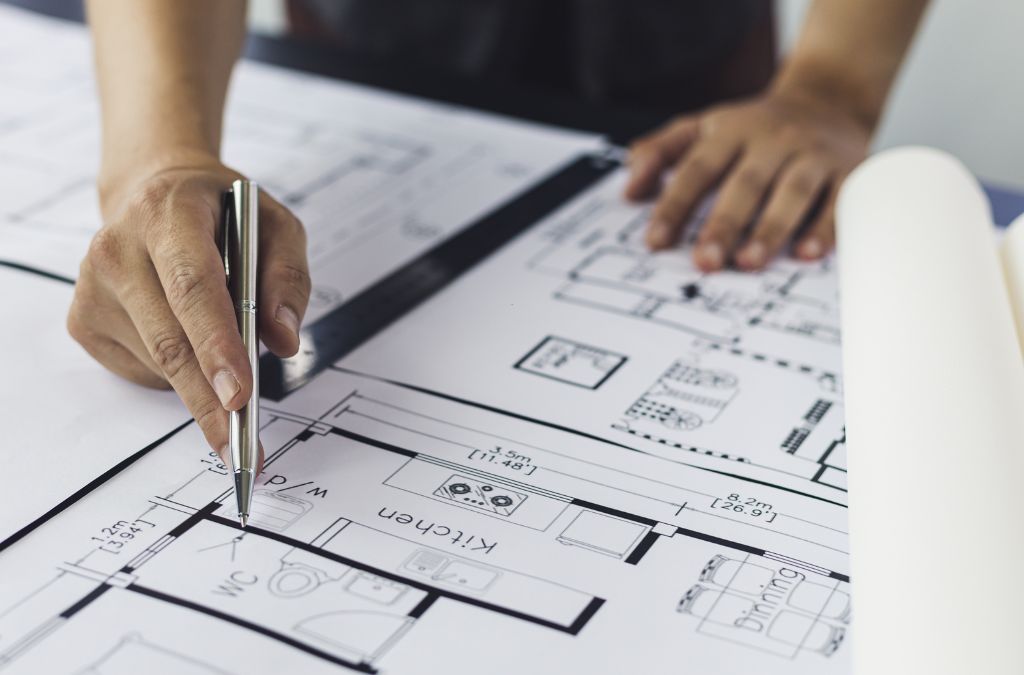-
Table of Contents
The Future of Architect: Embracing Technology and Creativity
The field of architecture is undergoing a transformative phase, driven by advancements in technology and a surge in creative approaches. This article explores how these elements are shaping the future of architecture, offering insights into emerging trends, innovative practices, and the impact on urban development.
Technological Innovations in Architecture
Technology is revolutionizing the way architects design, plan, and construct buildings. Several key innovations are at the forefront of this transformation:
- Building Information Modeling (BIM): BIM allows architects to create detailed 3D models of buildings, facilitating better visualization, collaboration, and project management.
- 3D Printing: This technology enables the creation of complex architectural components with precision and efficiency, reducing waste and construction time.
- Virtual Reality (VR) and Augmented Reality (AR): VR and AR provide immersive experiences for clients and stakeholders, allowing them to explore and interact with architectural designs before construction begins.
- Smart Materials: Innovations in materials science are leading to the development of smart materials that can adapt to environmental conditions, enhancing energy efficiency and sustainability.
Creative Approaches in Modern Architecture
Creativity is at the heart of modern architecture, driving the development of unique and inspiring structures. Some notable trends include:
- Biophilic Design: This approach integrates natural elements into architectural design, promoting well-being and connectivity with nature.
- Parametric Design: Utilizing algorithms and computational techniques, parametric design allows for the creation of complex, organic forms that were previously impossible to achieve.
- Sustainable Architecture: Emphasizing eco-friendly practices, sustainable architecture focuses on reducing environmental impact through energy-efficient designs and the use of renewable resources.
- Adaptive Reuse: This practice involves repurposing existing structures for new uses, preserving historical elements while meeting contemporary needs.
Case Studies: Pioneering Projects
Several projects exemplify the successful integration of technology and creativity in architecture:
The Edge, Amsterdam
The Edge is a prime example of a smart building, incorporating advanced technologies to create a highly efficient and sustainable workspace. Features include:
- Smart lighting and climate control systems that adjust based on occupancy and natural light levels.
- A comprehensive Building Management System (BMS) that monitors and optimizes energy usage.
- Integration of renewable energy sources, such as solar panels, to reduce the building’s carbon footprint.
VIA 57 West, New York City
VIA 57 West showcases innovative design through its unique tetrahedron shape, which maximizes natural light and views for residents. Key features include:
- A central courtyard that provides green space and promotes community interaction.
- Energy-efficient systems, including a high-performance façade and water-saving fixtures.
- Use of sustainable materials throughout the construction process.
Impact on Urban Development
The integration of technology and creativity in architecture is significantly influencing urban development. Key impacts include:
- Smart Cities: The rise of smart cities, which leverage technology to improve infrastructure, transportation, and public services, is transforming urban living.
- Resilient Design: Architects are increasingly focusing on designing buildings that can withstand natural disasters and adapt to changing environmental conditions.
- Community-Centric Spaces: Modern architectural practices emphasize the creation of spaces that foster social interaction and community engagement.
Statistics and Trends
Recent data highlights the growing influence of technology and creativity in architecture:
- A report by MarketsandMarkets projects that the global BIM market will reach $8.8 billion by 2025, driven by the increasing adoption of digital tools in construction.
- According to the International Data Corporation (IDC), spending on smart city initiatives is expected to reach $158 billion in 2022.
- The American Institute of Architects (AIA) reports that 60% of architects are incorporating sustainable design practices into their projects.
Conclusion
The future of architecture lies at the intersection of technology and creativity. As architects continue to embrace innovative tools and imaginative approaches, the built environment will evolve to become more efficient, sustainable, and inspiring. By staying at the forefront of these trends, the architectural profession can shape a better future for communities worldwide.
